Posts in Patents
It is no secret to anyone in the industry; the unauthorized practice of law is rampant, and OED does nothing to stop it… If charging dues to patent practitioners will allow OED to put an end to the unauthorized practice of law many, if not most, practitioners would undoubtedly support the initiative. If OED plans to continue with a docket full of reciprocal discipline and only enforce ethics rules against registered practitioners, practitioners should loudly protest the imposition of annual dues.
It seems clear that the Supreme Court did not intend to categorically prohibit patenting of everything which can be characterized as an abstract idea at some level because the Court indicated that there are at least some abstract ideas that are sufficient to confer patent eligibility: namely, inventive concepts. The Court’s bright-line prohibition against patenting laws of nature and mathematical formulas clearly was not intended to categorically prohibit patenting of everything which can be characterized as an abstract idea because such a bright-line extension would bar patenting of inventive concepts, which by definition are capable of characterization as abstract ideas but which the Court explicitly acknowledged are sufficient to signal eligibility.
MPEP 2141 actually cites to Arendi, but then quotes the case entirely out of context. This is a worrisome problem that can be found in many parts of the MPEP, which makes the MPEP a useful reference tool to find relevant cases, but as useful as an opponent’s brief when it comes to accurately characterizing the holdings of decisions. For example, MPEP 2141 actually cites Arendi for the proposition that common sense can be used to supply a missing limitation from the prior art in an obviousness rejection. That, however, is the exact opposite proposition for which the case actually stands.
There is an alternative route is available to stay true to Supreme Court eligibility jurisprudence: Apply the Supreme Court’s standard approach of narrowly construing statutory exceptions to narrowly construe the implicit statutory exception to 35 U.S.C. § 101 for abstract ideas… In accordance with Supreme Court guidance regarding construction of statutory exceptions, the implicit statutory exception for abstract ideas should be construed “narrowly in order to preserve the primary operation of the provision” of 35 U.S.C. § 101. Clark, 489 U.S. at 739 (citing Phillips, 324 U. S. at 493). To do otherwise would risk “frustrat[ing] the announced will of the people.” Phillips, 324 U. S. at 493.
Writing a patent application is not as easy as many think. Indeed, the concept of usefully describing the invention, which on its face seems easy enough to understand, is not as straight forward as it might seem, and why you cannot simply file an abbreviate description of an invention and think that suffices to protect anything really. This article looks at the most common parts of a patent application, and provides discussion about what each section needs to include.
British patent data insights firm Cipher recently released an IP strategy report that provides a look at how many firms are patenting technologies in the hopes of disrupting various industry sectors. Among the various highlights of the report include a look at fintech patents, which shows that tech companies and not banks are leading the way in obtaining patents that cover the future of banking.
What if those who own large patent portfolios decided to actually help start-ups by opening up their patent portfolios to those start-ups rather than have those companies operate without a net and worrying about what has become an omnipresent threat of patent litigation? After all, a patent owner with a well formulated licensing program is not one who is interested in going after cash starved start-up companies anyway.
“This is a mere change in form, not substance,” according to John White, principle lecturer in the PLI patent bar review course. “The PTO will start testing the current version of the MPEP, and stop testing the miscellaneous memos and the like that are currently tested. But all of those memos have now been incorporated into the new MPEP, so there’s no change of substance. Just a change in citations.”
The myopia associated with chasing quarterly earnings isn’t the only short-sighted predilection giant tech companies display. Affirmatively weakening the patent system in order to avoid upstart competitors who are lean, full of ideas, and willing to take risks to succeed is not just myopic, it is plain stupid. Sure, copying the work of others today may make business sense when trying to beat or meet earnings expectations, but expecting others to continue to invest, innovate and take risks when what they produce is simply copied is naïve to the extreme.
If this practice of phantom expanded panels, with APJs not identified on the record or to the parties, is legal then IPR panel assignments are nothing more than a farce. Any APJ, including Chief Administrative Patent Judge Ruschke, can actively participate in the deliberative process of any IPR without ever disclosing that fact to the public or to the parties. So, in effect, all IPR panels may be secretly stacked!
Recently I took and passed, on my second attempt, the United States Patent & Trademark Office Registration (bar) Exam. It is a daunting experience but manageable with some occasional misery in the mix. The exam is offered once a year in Virginia on paper otherwise you schedule your own computer exam at a Prometric testing site. The total time needed to prepare for the exam is about 150 hours of solid study/course time. It is a hundred questions divided into two three-hour sessions with an hour break.
If you are reading this article beyond the title, you are either preparing to take the USPTO’s patent bar exam or you are considering whether you should take the patent bar exam. Either way, the fact that you are looking for insight into how to pass yet another bar exam – after you’ve already passed your state’s bar exam – flies in the face of your earlier (and earnest) promise to yourself that the last exam you took was, in fact, the last exam you would ever take in your life. I feel your pain.
Of particular interest, the Federal Circuit found that the ‘399 patent constituted patent eligible subject matter, was not invalid and was infringed. This is big news because in the wake of the Supreme Court’s decision in Alice v. CLS Bank software patents have been falling at alarming rate. Assuming this decision stands any further review we finally have some positive law to draw from that will provide clues into how to tailor patent claims to make them capable of overcoming what has become a significant hurdle to patentability— namely the abstract idea doctrine. Of course, Judge Mayer was in dissent.
The halls of the USPTO are largely populated by Google’s recent innovations, as this corporation will regularly receive upwards of 50 patents or more each week…. The featured patent application for today highlights a novel system of using mobile devices to improve something millions of Americans do every day: order out for food. This Internet-based system of ordering enables more precise delivery, better estimation of arrival times as well as secure payments for food and other items. We also profile some patent applications pertaining to speech recognition technologies and online searches for flight itineraries. Google has one of the strongest patent portfolios among American technological firms, and we’ve uncovered a list of recently issued patents from the USPTO that improve the user experience for online and mobile technologies. We discuss three patents that protect new ways of interacting with a smartphone through novel gestures, including a system that can convert words from an image into digital text. We also look into a patent that protects new methods of ranking news stories online for the Google News reader.
Last week ZDNet ran an article about how Kaspersky Lab took on and prevailed against Lodsys, one of the more notorious patent trolls operating presently. Lodsys first appeared on the scene several months ago when it started chasing Apple App Developers and demanding that they take a license to the Lodsys patent portfolio, and then later going after Google Developers who provide Apps for the Android operating system. Essentially, the model followed by Lodsys is to sue everyone, big and small and everywhere in between. Lodsys purchased its patents from Intellectual Ventures, who as they were amassing a giant patent portfolio lead the industry to believe it was for the benevolent purpose of taking patents out of the hands of patent trolls, thereby insulating them from such lawsuits. IV has at times found it easier to sell patents to willing patent trolls or has used various shell companies, but also now files lawsuits of their own.

Latest IPW Posts
Trump Tells SCOTUS That Ruling Restoring Perlmutter to Copyright Office is ‘Improper Judicial Interference’
October 29, 2025 @ 12:15 pmPatent Examiners’ Union Moves to Enjoin Trump from Barring Membership While Lawsuit Plays Out
October 29, 2025 @ 10:15 amFrom Boring to Brilliant: How Reimagining USPTO Fee Structure Is Central to U.S. Economic Security
October 28, 2025 @ 02:15 pmOpenAI Loses Bid to Dismiss Multi-District Class Action Over ChatGPT Outputs
October 28, 2025 @ 10:15 am
Latest Podcasts

IPWatchdog Events
Webinar: Using AI for Chemical & Biotech Patent Work – Separating Fact from Fiction
November 18 @ 12:00 pm - 1:00 pm EST

![[IPWatchdog Logo]](https://ipwatchdog.com/wp-content/themes/IPWatchdog%20-%202023/assets/images/temp/logo-small@2x.png)
![[Advertisement]](https://ipwatchdog.com/wp-content/uploads/2025/09/UNH_HybridJD-Ad-B-2025-350-x-200-Junior-Varsity.jpg)
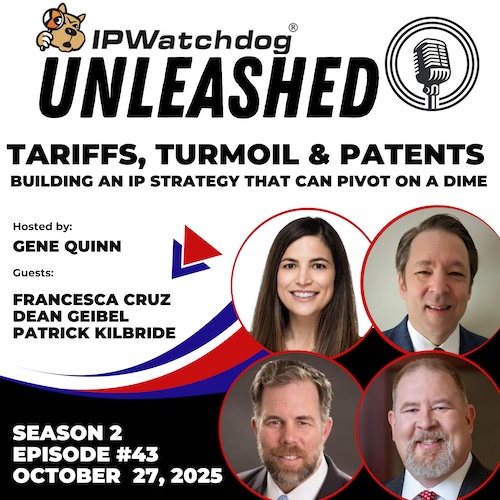
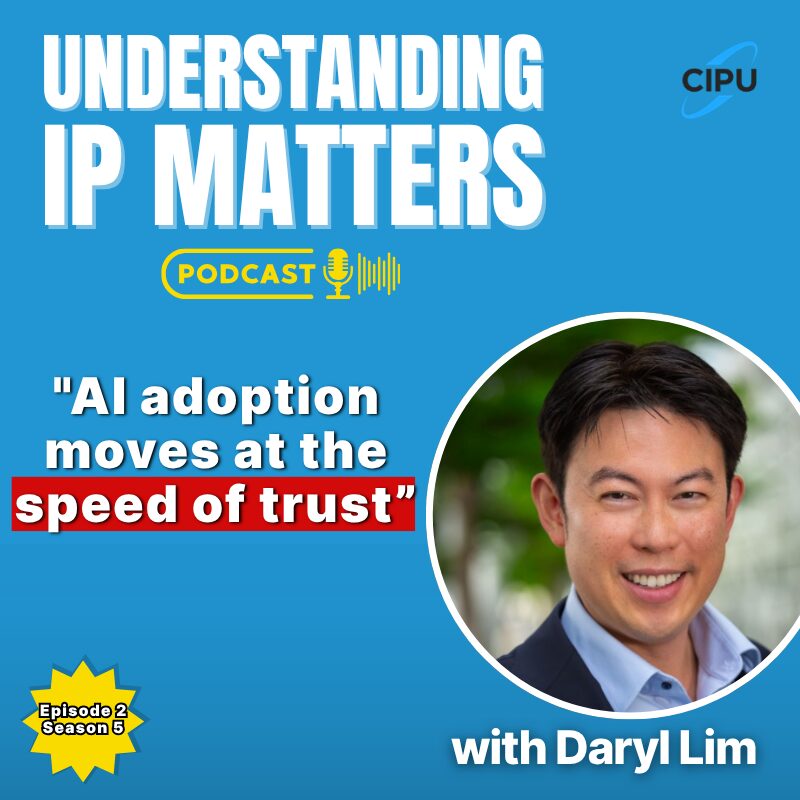
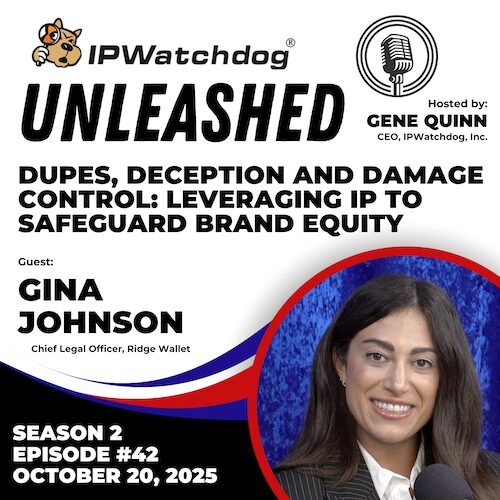
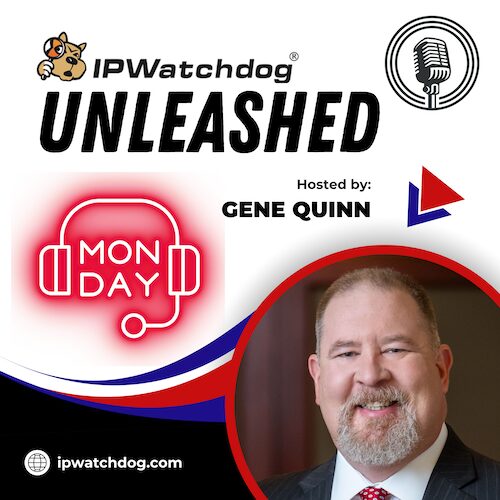
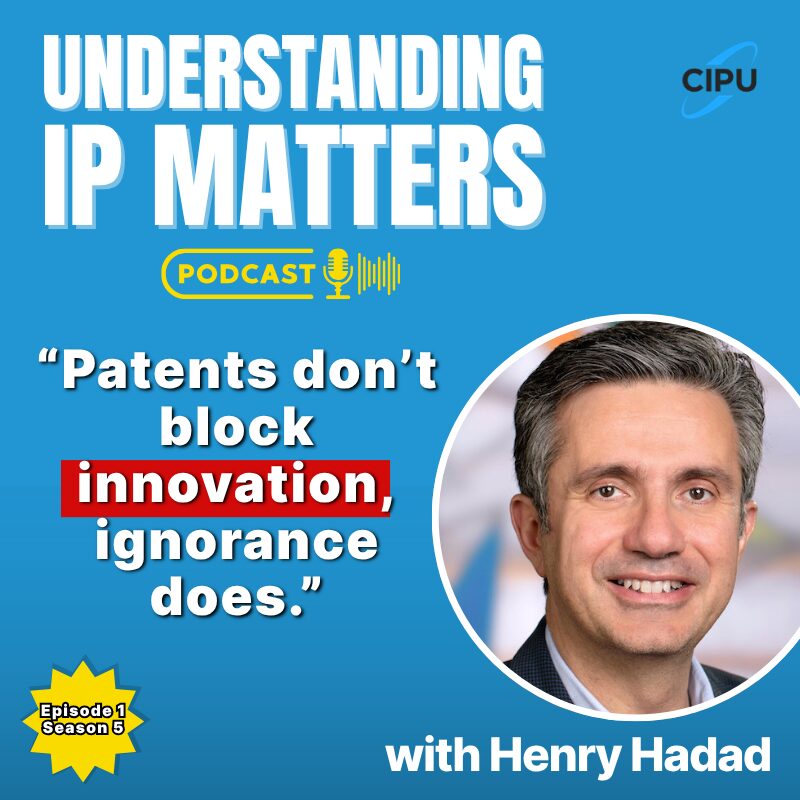
![[Advertisement]](https://ipwatchdog.com/wp-content/uploads/2021/12/WEBINAR-336-x-280-px.png)
![[Advertisement]](https://ipwatchdog.com/wp-content/uploads/2021/12/Ad-4-The-Invent-Patent-System™.png)